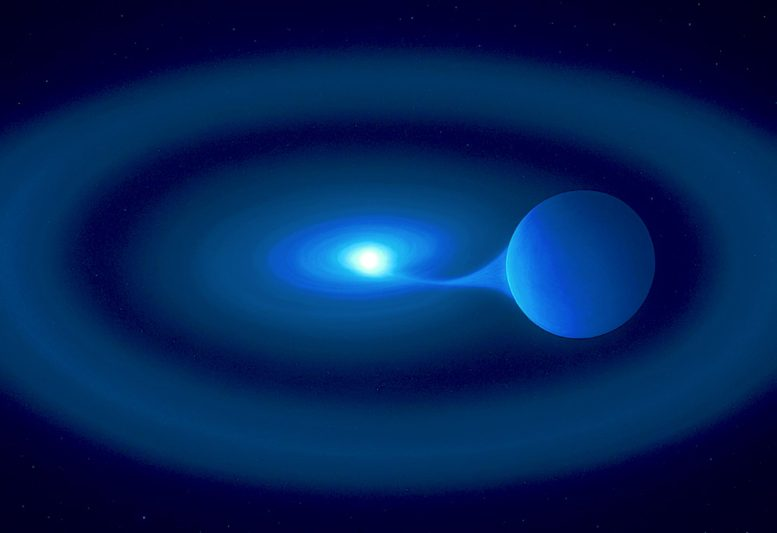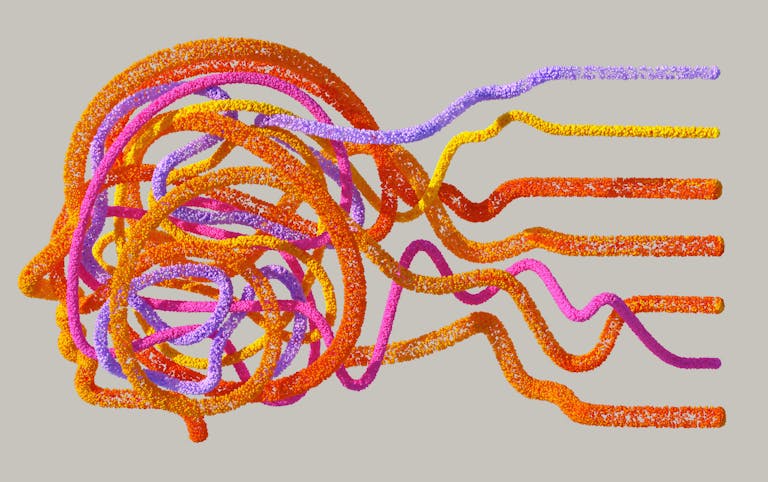V Sagittae: A Star on the Edge of a Dazzling and Violent Supernova

Astronomers have been closely studying a peculiar stellar system known as V Sagittae, located in the constellation Sagitta about 10,000 light-years away from Earth. This unusual binary system has puzzled scientists for more than a century, but new research now reveals its secrets—and its violent fate. According to the latest observations, this stellar duo is not just unstable but on track to eventually unleash a supernova explosion so bright it could be visible from Earth even in the daytime.
In this article, we’ll go step by step through all the details of the discovery, the nature of this bizarre star system, what astronomers found with modern telescopes, and what it could mean for our understanding of stellar evolution. Along the way, we’ll also touch on related concepts like white dwarfs, binary star systems, and how supernovae occur.
What Is V Sagittae?
V Sagittae, often abbreviated as V Sge, is a binary star system, meaning it consists of two stars orbiting each other. The two stars in this system are extremely mismatched:
- One is a compact white dwarf, a dense remnant of a star that has already used up its nuclear fuel.
- The other is a hot, more massive companion star, weighing around 3.3 times the mass of our Sun.
These two stars orbit each other once every 12.3 hours, completing nearly two laps per day in a tight and relentless gravitational dance.
What makes V Sagittae so unusual is the behavior of the white dwarf. It is not just quietly orbiting its companion—it is actively consuming it. The white dwarf draws in vast amounts of matter from its larger partner, pulling gas across the shared gravitational boundary known as the Roche lobe. This process of mass transfer has been described as a feeding frenzy, with the white dwarf acting as a cosmic cannibal.

A Century-Old Mystery Solved
V Sagittae has been known since 1902, but it has baffled astronomers for decades. It shines much more brightly than other stars of its type, and its light fluctuates in ways that didn’t fit standard models of binary systems.
The recent breakthrough came from an international team of researchers led by Dr. Pasi Hakala of the University of Turku in Finland, working with Dr. Pablo Rodríguez Gil of the Instituto de Astrofísica de Canarias in Spain, and Professor Phil Charles of the University of Southampton in the UK. Their observations, carried out with the European Southern Observatory’s Very Large Telescope (VLT) in Chile, finally revealed what makes V Sagittae so extraordinary.
The Gas Halo and Circumbinary Ring
One of the most striking discoveries is that the system is surrounded by a giant ring of gas. When the white dwarf devours its companion’s matter, not all of it is successfully accreted onto the compact star. Some of it spills outward, forming a bright circumbinary ring that encircles both stars.
Spectroscopic observations revealed emission lines that remain stable regardless of the orbital phase, indicating that they originate not from the stars themselves but from this surrounding halo. The ring sits at a radius of roughly two to four times the separation of the stars.
This discovery explains why V Sagittae has appeared so extraordinarily bright for more than a century—it isn’t just the white dwarf itself but also the surrounding gas glowing intensely under the pressure of radiation and energy generated by the accretion process.
Accretion on a Massive Scale
The white dwarf in V Sagittae is undergoing what astronomers call Eddington-limited accretion, meaning it is pulling in as much material as the laws of physics allow without blowing itself apart. The gas falling onto the white dwarf’s surface ignites thermonuclear burning, producing extreme radiation and super-soft X-rays.
This makes V Sagittae one of the rare systems that might be classified as a super-soft X-ray source (SSS). These are binary systems where nuclear fusion continues on the surface of a white dwarf due to continuous mass transfer. This phase is thought to be very short-lived in cosmic terms, which is why catching one in the act is so valuable to astronomers.
Wild Variability and Rapid Changes
Another peculiarity of V Sagittae is how quickly its emissions can change. The broad “wings” of its emission lines, measured in spectra, can shift dramatically within just days. Sometimes, the system’s spectral signature even flips states in less than a week.
This chaotic variability suggests that the inner accretion disk—the swirling gas funneling onto the white dwarf—is unstable, possibly tilting or flipping due to intense radiation. Such fast, unpredictable changes are rare in stellar systems and add to the sense that V Sagittae is in a very extreme, short-lived phase of its life.
The Doomed Future of V Sagittae
So, what happens next? Astronomers believe V Sagittae is heading toward a spectacular and violent conclusion.
- Near Future (Years to Decades):
As more material piles up on the white dwarf, it is expected to trigger a nova outburst. This would be a thermonuclear explosion on the star’s surface, releasing enormous energy and causing V Sagittae to brighten dramatically. The nova could be bright enough to be visible to the naked eye from Earth. - Longer Term (Centuries to Millennia):
If the mass transfer continues and the stars spiral even closer, they may eventually merge or collide. This would result in a full supernova explosion. Because the system is only 10,000 light-years away, the supernova could become one of the brightest objects in Earth’s sky, possibly visible even in broad daylight.
While the exact timeline is uncertain, the evidence suggests this is not a distant possibility on cosmic scales. Whether the nova occurs within our lifetimes or not, astronomers are certain that V Sagittae is doomed.
Why This Discovery Matters
The study of V Sagittae gives astronomers a rare chance to observe a high-mass transfer binary system in action. These systems are believed to play a critical role in the creation of Type Ia supernovae, which are used by astronomers as “standard candles” to measure the expansion of the universe.
Understanding the processes in V Sagittae helps refine our models of how white dwarfs evolve when paired with massive companions. It also challenges assumptions about how much material a white dwarf can accrete and what happens when excess matter is ejected into surrounding space.
In short, this discovery doesn’t just solve a century-old mystery about a bright star system—it also provides fresh insights into the physics of stellar death, binary evolution, and cosmic explosions.
Extra Knowledge: White Dwarfs
A white dwarf is the compact core left behind when a medium-sized star, like our Sun, runs out of fuel. Instead of exploding as a supernova, stars in this category shed their outer layers and collapse into a dense object about the size of Earth but with a mass comparable to the Sun.
- They are incredibly dense—just one teaspoon of white dwarf matter would weigh several tons.
- White dwarfs no longer generate energy through fusion; instead, they gradually cool and fade over billions of years.
- When paired with a companion star, as in V Sagittae, they can pull in fresh fuel and reignite in bursts of activity, sometimes culminating in novas or even supernovae.
Extra Knowledge: How Supernovae Work
A supernova occurs when a star undergoes catastrophic collapse or runaway thermonuclear burning. There are two main types:
- Core-collapse supernovae: When massive stars (greater than 8 solar masses) exhaust their fuel and their cores collapse under gravity.
- Type Ia supernovae: When a white dwarf in a binary system accretes too much mass from a companion and reaches the Chandrasekhar limit (about 1.4 solar masses), leading to runaway nuclear fusion.
Supernovae are among the most important phenomena in astronomy because they:
- Disperse heavy elements like iron, calcium, and gold into space, seeding future stars and planets.
- Provide intense light that allows astronomers to study distant galaxies.
- Drive galactic evolution by injecting energy and matter into interstellar space.
Extra Knowledge: Circumbinary Disks
The discovery of a circumbinary ring around V Sagittae is particularly interesting because such structures are rare. Circumbinary disks or rings form when material is expelled from the close interaction of two stars but remains gravitationally bound to the system.
- These rings can influence the orbital evolution of the stars.
- They glow brightly in emission lines, making them detectable with sensitive telescopes.
- Studying them helps astronomers understand how mass transfer in binaries is not always a clean process but can create complex environments.
Final Thoughts
The story of V Sagittae is one of cosmic extremes. A greedy white dwarf is stripping its partner star, building up a fiery environment that could soon erupt in a nova, and eventually explode as a blinding supernova. For now, astronomers are watching closely, using powerful instruments like the Very Large Telescope to track every shift in brightness and every flicker of gas.
This discovery not only solves the mystery of V Sagittae’s unusual brightness but also opens new windows into the life cycles of stars. And perhaps, in the not-so-distant future, humanity might witness the day sky light up with the final act of this extraordinary system.
Research Reference: “V Sge: Supersoft Source or Exotic Hot Binary? I. An X-Shooter campaign in the high state” – Monthly Notices of the Royal Astronomical Society, 2025





